PC graphics settings guide - Battlefield 2042
EA and DICE have unleashed their latest first-person shooter to the masses. For PC players, finding extra performance in large matches may be difficult. With our helpful guide to the game's graphics settings, you'll improve your frame rate in no time.
As one of the most-anticipated releases of 2021, Battlefield 2042 had lots of eyes on its recent launch on consoles and PC. While there are lots of disagreements about design choices and the abandonment of the traditional Battlefield class system, one thing most people can agree on is that the game is bigger and more complex than ever. Increasing scale and complexity means higher hardware requirements.
Battlefield 2042 has been touted by publisher Electronic Arts as the next generation of Battlefield. As it is making its debut on the newest consoles from Microsoft and Sony, the player count for the largest modes has been doubled to 128 players and the game features many of the latest graphical bells and whistles. The PC version of Battlefield 2042 was prepared alongside the next-gen console version as the ideal way to experience the game, but it brings along some hefty system requirements. In this guide, we’ll cover all the graphics options and settings within Battlefield 2042’s PC version to help you get the most performance out of your machine.
Disclaimer: Battlefield 2042 is a complex game. It is impossible to definitively test all scenarios, especially in online environments, so the performance and settings recommendations contained within this guide are based on our own findings. All systems vary and the game may perform better or worse depending on your exact hardware configuration. Use these recommendations as a starting point for your graphical experimentation rather than a definitive authority.
PC graphics settings guide - Battlefield 2042
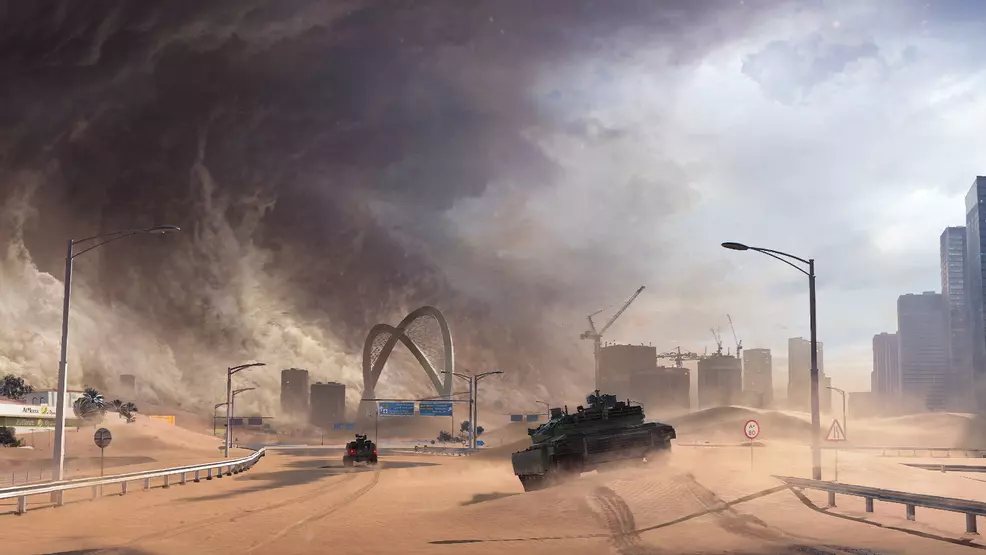
When deciding to optimize your in-game settings for Battlefield 2042, it helps to establish the type of performance and visual quality targets you have for the experience. With this knowledge, you can ensure you have the proper hardware for the job and you will have a better idea of which settings to target for performance gains without sacrificing too much visual fidelity.
Players who want to play in the biggest game modes at higher settings (specifically the 128-player modes) should consider investing in the best possible CPU for the PC build. Because Battlefield 2042 is designed around the new hardware in the PS5 and Xbox Series X, the game leverages the power provided by the 8-core Ryzen CPU that serves as the foundation for the new consoles.
Even at resolutions like 1080p, achieving a smooth 120Hz output will be near-impossible for those without the best available CPUs. Our friends at Hardware Unboxed published some preliminary 2042 CPU benchmarks and the results could surprise many. Those still using 4-core or aging Intel i7 CPUs (with 4 cores and hyperthreading) should not expect to see frame rates that exceed 60Hz in All-Out Warfare play.
With all this information in mind, players should understand that altering graphics settings can make a measurable difference in Battlefield 2042, but the differences may not be as large as in similar games due to the high CPU utilization seen on 128-player maps. On PCs with weaker CPUs and extremely powerful GPUs, you may not see much of a performance change from altering any graphics settings, as the game would be primarily CPU-limited in its performance.
Screen Setup
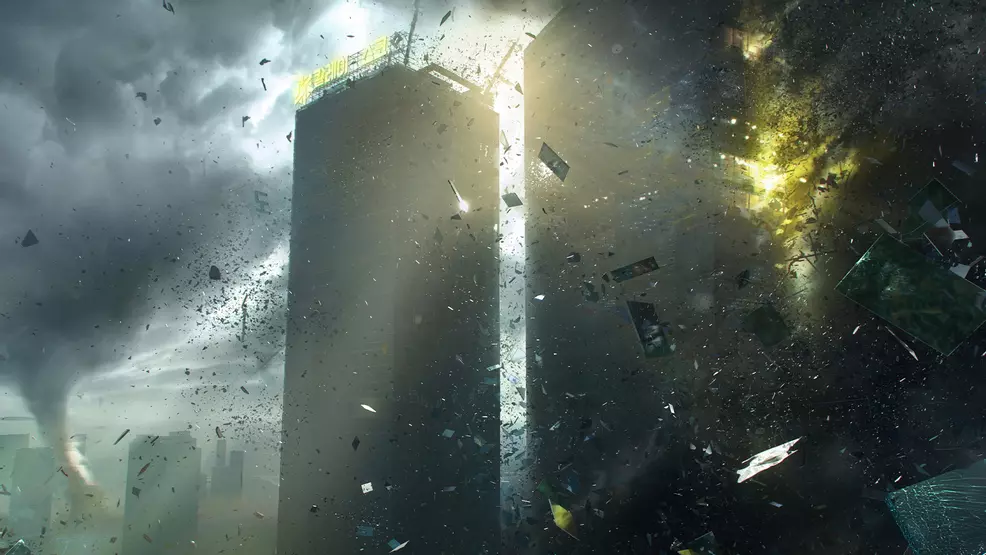
Fullscreen Mode - This toggle determines how the game window will operate on your PC. Some PCs may see better results with Exclusive Fullscreen mode, while using Borderless mode will offer better Alt+Tab support and built-in v-sync from the Windows desktop.
Fullscreen Device - This option designates which monitor the game will be output to. This only applies to users with multi-monitor setups.
Refresh Rate - This option sets the maximum refresh rate at which the game window will operate. Usually, setting this to match the native refresh rate of your monitor is the best option, though there could be a reason to go lower if your hardware struggles to achieve high frame rates.
Graphics Settings
Brightness - This option allows the user to fine-tune the overall brightness of the game output.
High Dynamic Range - This option offers the ability to toggle HDR output on PCs with compatible hardware. On most systems, this option will be greyed out unless you enable HDR output in Windows before launching Battlefield 2042. For NVIDIA and AMD hardware produced in the last two or three years, enabling HDR comes with no associated performance hit.
Motion Blur - This slider controls the amount of radial motion blur applied to the game camera during fast pans or quick movements. There doesn’t seem to be a performance hit associated with motion blur, so set this slider to your personal preference.
Chromatic Aberration - This option will enable or disable the post-processing effect that mimics color distortion like you would see in a real camera lens. There is no performance hit associated with this option and can be toggled per user preference.
Film Grain - This setting determines if the game uses a post-process film grain filter over the final image. Designed to mimic the look of a film, this setting is purely cosmetic with no associated performance hit.
Vignette - Users can toggle this option to enable or disable a post-process vignette effect. It will darken the edges of the screen in certain situations. As there is no change in performance when using this option, enabling it comes down to user preference.
Lens Distortion - This is another fullscreen post-process effect designed to mimic behaviors seen in real camera lenses. Like the various post-processing effects above, this one comes down to user preference.
Graphics Preset
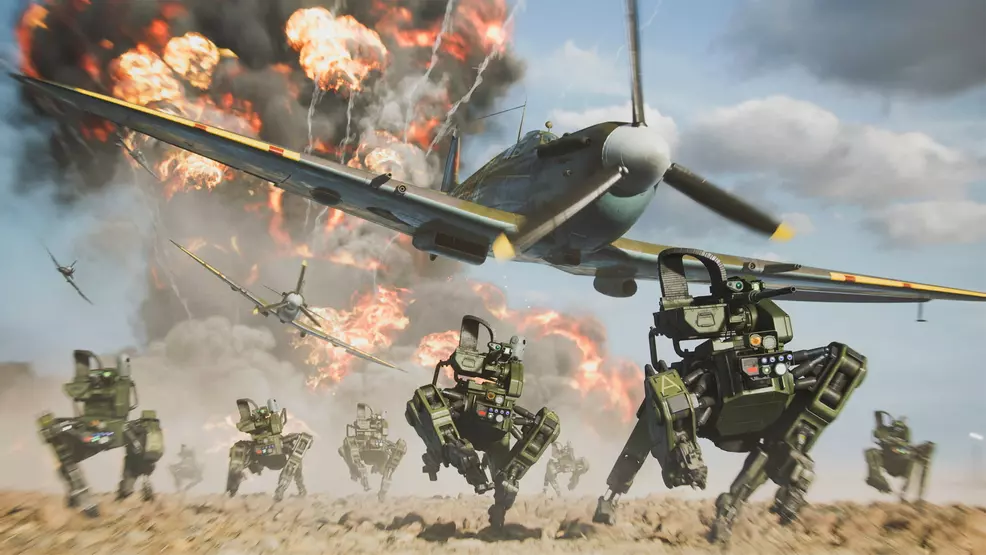
Graphics Quality - This setting controls global graphics quality presets across four levels, Low, Medium, High, and Ultra. When adjusting this setting, multiple other toggles will be altered. For the absolute fastest way to change visual settings, this toggle is your best bet. This option must be set to ‘CUSTOM’ to allow manual configuration of the effect that comes below it in the graphics settings menu. Using the Core i9-9900k/RTX 3080 test PC on-hand, we measured a difference of only 33 percent between the Low and Ultra preset at native 4K and less than twenty-five percent at 1440p.
Texture Quality - This setting governs the fidelity of in-game textures such as those for dirt, rocks, player clothing, tanks, any surface of a 3D model. For sharper, more detailed visuals, you’ll want to opt for the High or Ultra selection. There is no serious performance hit related to this setting so long as your GPU has sufficient VRAM available. We only recommend Ultra textures for players with GPUs having 8GB or more of VRAM.
Texture Filtering - This setting controls the amount of anisotropic filtering provided in-game. This filtering improves texture clarity on surfaces near the player view that are at angles. Higher settings will make textures appear sharper further into the distance. We recommend the Ultra setting here for everyone except those using the highest settings at 4K resolution with ray tracing.
Lighting Quality - This setting mostly concerns the quality of shadows within the game world. Higher settings offer cleaner, less noisy shadows. On lower settings, the distance from the player in which shadows are drawn is lessened. The difference between Ultra and Low levels here was about ten percent on our test machine. We think most people will be happy with Medium or High if you need to find a few extra frames.
Effects Quality - This setting determines the rendering quality of things such as particle effects while playing. Think smoke, explosions, and sparks. We didn’t really notice a material change in performance between the various steps of this setting when it came to framerate, so we suggest using High or Ultra for the eye candy.
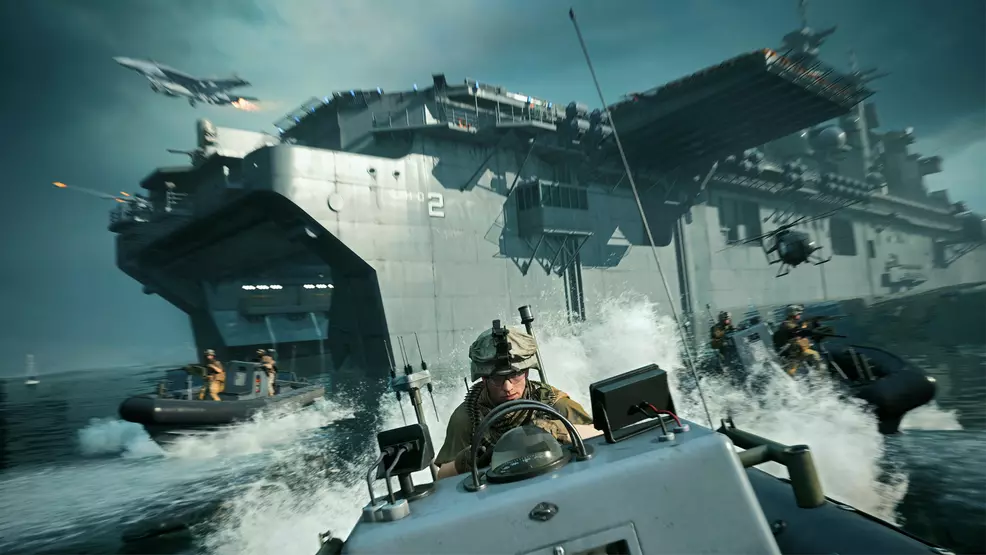
Post Process Quality - This toggle will decide the quality level of the post-processed effects applied to the final image. This covers things like motion blur, depth of field, bloom, and the like. Moving from Ultra to Low can net you up to a six percent frame rate advantage in our tests. If you are struggling to hit 30fps or 60fps and are just a bit short, dropping this setting to Medium might get you where you need to be.
Mesh Quality - This selection will determine the quality levels of various meshes within the game world. This applies to things like distant shrubs, trees, or other models that might need to be swapped with higher-quality options as the player gets closer. Lower settings can increase the visibility of pop-in, so we think most people should stick with the High option.
Terrain Quality - This option governs how complex the terrain in-game will be rendered in the final frame. Higher options will provide more complex 3D models and better shading on geographic features like mountains and such. The performance hit with this setting was similar to that of Post Process Quality. Medium should be a safe bet for those chasing frames and High will get the job done if you prefer nicer visuals.
Undergrowth Quality - This setting controls the quality of smaller-scale greenery within a level. This applies to bushes, large meadows, and other spots where you need plants, but a large tree won’t suffice. Ultimately, this offers a nicer final picture at the cost of a few frames. The Low setting is a must for high-refresh users, while everyone else should be fine with Medium or High.
Antialiasing Post Processing - This toggle controls the quality level of the temporal antialiasing solution in Battlefield 2042. The High setting cleans up the final picture and removes aliasing and shimmering at the cost of some blur. We recommend that this is set to High, but if you aren’t happy with the final image quality, you could apply some driver-level sharpening from your GPU's control panel.
Ambient Occlusion - This setting decides how accurate the shading is in the game world, especially when it comes to places where two objects or planes intersect. The effects of this setting are most noticeable on grass (this setting enables the blades to simulate casting shadows on themselves and each other) and in the corners of structures. We recommend the High setting if you can afford it as the game can look rather flat on the Low and Medium settings.
Advanced
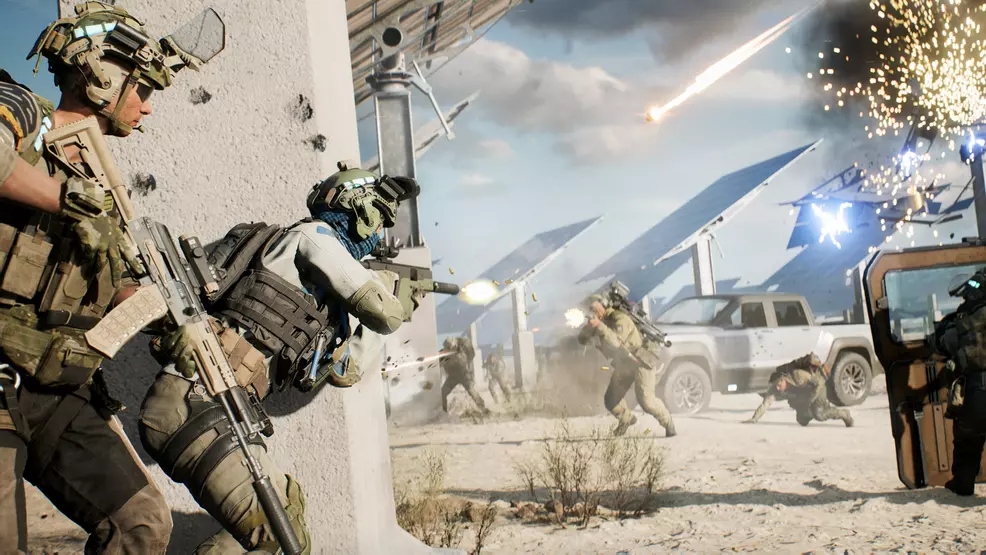
Dynamic Resolution Scale - Players can enable this option when searching for a few extra frames. When enabled, users will then designate a frame rate target and the game engine will attempt to stay at that performance level by dynamically changing the internal rendering resolution based on the processing load. This feature is disabled when using NVIDIA DLSS and vice versa.
DLSS - This is NVIDIA’s AI-assisted scaling solution to get the highest possible frame rate in games with a minimal loss to image quality. The various steps of this feature indicate how much the internal rendering resolution will drop from the native resolution before upscaling is performed. Ultra quality uses a resolution near the native resolution for the best possible visual results. Performance mode is even more aggressive with resolution lowering. DLSS offers the most benefit to 4K and 1440p users. 1080p and lower players might be better off trying the Dynamic Resolution Scaling feature. DLSS is only available on select NVIDIA GPUs.
Ray Traced Ambient Occlusion - Battlefield’s only ray tracing effect this time around is ambient occlusion. Like the simulated Ambient Occlusion effect built into the game, this makes every object in the world seem more ‘real’ with more accurate shading. Like most ray-traced effects, the performance hit here is monstrous. We only recommend using this option when paired with DLSS or when taking screenshots. Some users may also notice ghosting artifacts on screen when using DLSS.
NVIDIA Reflex Low Latency - This setting allows owners of recent NVIDIA GPUs to take advantage of NVIDIA’s Reflex technology to lower overall system latency for the lowest possible input lag.
Future Frame Rendering - This setting allows the game engine to render frames ahead of when they are needed (hardware overhead permitting). This can enhance the perceived smoothness of the final image but is also known to introduce more latency and possible stutters on some configurations. We recommend using this option unless you notice stutters or issues with control input after enabling.
Vertical Sync - This option prevents screen tearing by waiting for frames to be complete before they are sent to the buffer. Using this option will eliminate screen tearing, but is known to increase input lag. Users with GSync, Freesync, or VESA VRR display should disable this feature, as the screen sync is handled by the variable refresh rate technology provided by your display.
High Fidelity Objects Amount - This option reportedly controls item quality level within the game. We have not noticed any visual or performance changes with this setting in testing. It is possible that it is bugged on our setup. You may need to play with this one on your own if you think it could be causing issues.
There you have it folks, a complete overview of the graphics settings in Battlefield 2042. If you are looking to pull the most possible performance out of your game, make sure to check with the Lighting, Terrain, and Post Process Quality toggles first, as they seem to make the most difference. As we mentioned above, high refresh rate players would be advised to upgrade their CPUs to either current AMD (Ryzen 5000) or Intel (12th-gen) processors, especially if you are clinging to aging 4-core parts. With this PC graphics settings guide, we hope to see you out on the Battlefield running nice and smooth.
-
Chris Jarrard posted a new article, PC graphics settings guide - Battlefield 2042



